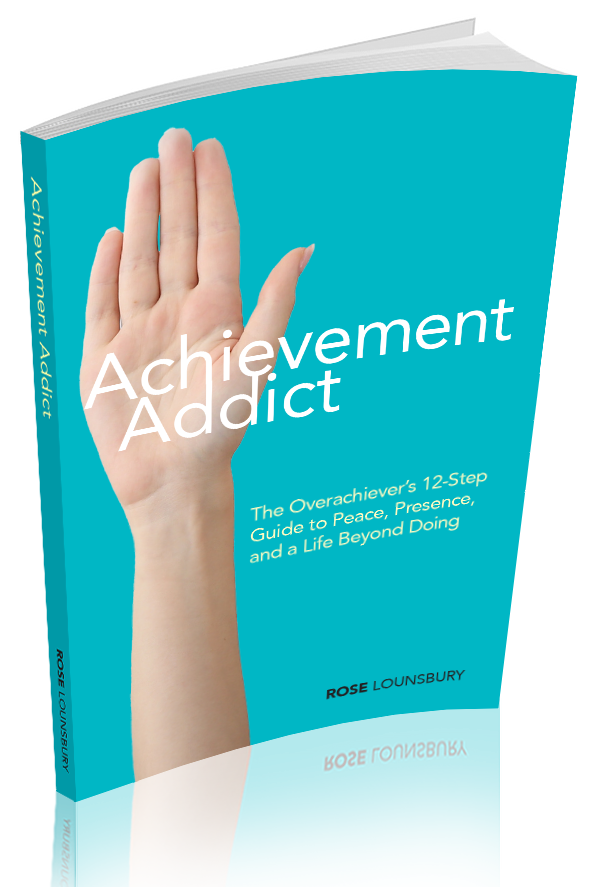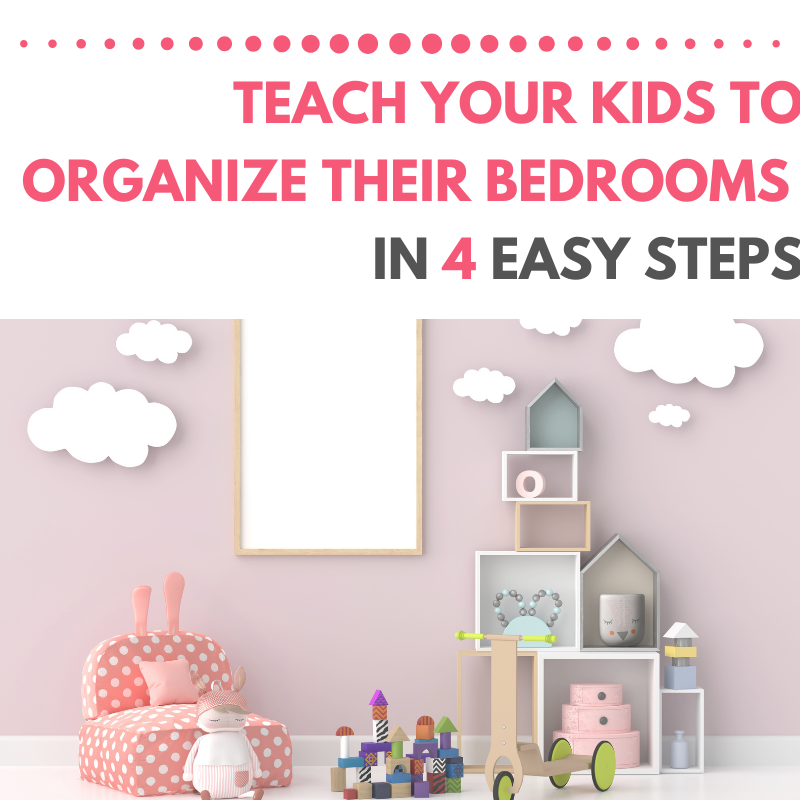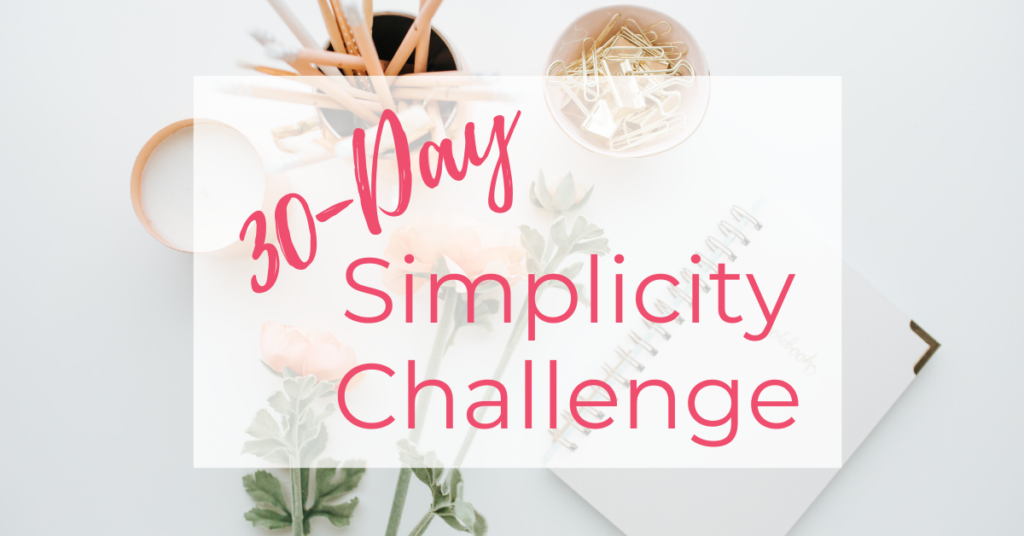You might think that the children of minimalists have spotless bedrooms.
You would be thinking wrong, my friend.
My kids are kids. They like the stuff kids like. This tends to be random notes and trinkets that make their dresser tops look like Times Square about an hour after the ball has dropped.
I think it’s important for working moms to know that for (most) kids, having a clutter free bedroom is not natural, but have hope…
They can be taught.
Today I’m sharing a little video I made with my two (then) 10-year-old boys to show you exactly how I used my 4-step LESS Method to help them declutter and organize their shared bedroom.
*Please note: This is not an actor portrayal. These are real kids, decluttering a real room. Let’s watch and see what happens…
This video shared the basic steps of my LESS Method.
LESS stands for:
Layout your vision and purpose
Empty
Sort it Twice
Systemize
If you’d like a little more in-depth info on how to apply those steps to your child’s bedroom, read on…
Step 1: Layout your vision and purpose
Vision is how you want a space to look and feel. Purpose is how you want to USE the space. Ask your kids to name these things.
What do they want to SEE and FEEL in their bedroom? They might say things like clear floors, a place for all their favorite toys, and a happy or relaxing feeling.
Similarly, how do they want to USE their rooms? Your kids might say things like sleep, storing toys, and keeping clothes organized.
Once you have that settled move on to…
Step 2: Empty
This is the step most parents – and kids – want to skip. Isn’t it easier to go through and pluck out the things we don’t want than to empty everything? Nope. And here’s why…
Human brains evolved to notice novelty. (That’s why those notifications on your phone are so darn distracting!) So that “Most Improved Soccer Player” trophy that has been sitting on your child’s dresser for over two years? Yeah, they probably don’t even notice it anymore because their brain doesn’t recognize it as “new.” In order to shake up your child’s brain enough to evaluate everything as new, you need to get EVERYTHING out!
Which brings us to…
Step 3: Sort it Twice
The first sort is to create like-with-like piles of everything you emptied in step two. Help your child make piles of Legos, Barbies, dinosaurs, stuffed animals, etc. This allows them to easily see how much of each type they have, which makes the second sort so much easier!
The second sort is the decision sort. Help your child go through each like-with-like pile and decide what stays and what goes.
I’m really going to caution you here, though…
Let your child make these decisions on their own.
Kids know what they want to keep and what they’re ready to let go of and they have darn good reasons for both. (Just like you, ha!) Trying to coerce your kid into letting go of that stuffed koala or snap circuits set before they’re ready will backfire and result in them holding on tighter.
Just think about how you’d feel if someone was trying to pressure you into letting go of your favorite sweatshirt from college or that chipped mug you bought on your honeymoon. We all have reasons for keeping what we want to keep.
So I repeat: Let them decide.
If this means you have to bite your tongue when they choose to let go of the wooden dollhouse you bought them or when they choose to keep the crappy plastic toy from the Target dollar bin, so be it.
As parents, our job is to raise adults. And adults get to make decisions.
Step 4: Systemize
Once your child has decluttered their stuff, move on to the final step… systemizing. This is the organizing step and there’s only one hard and fast rule here…
Make it obvious where things go.
The biggest problem when we tell our kids to “Clean your room!” is that they have no idea where things go, so they just shove everything under the bed or into random bins. Thus, instead of learning how to clean up, kids learn to “hide the mess” a habit that often carries over into adulthood.
When we systemize, we teach kids that there are “homes” for everything. So help them create a “home” for their Legos, their books, their Pokemon cards, etc. And make those homes OBVIOUS by using bins and labels, if necessary. Ideally, anyone should be able to walk into your child’s room and know exactly where things go.
I hope this post inspired all you hard-working mamas out there to teach your kids to declutter their own rooms, because YES, this type of freedom is possible!









